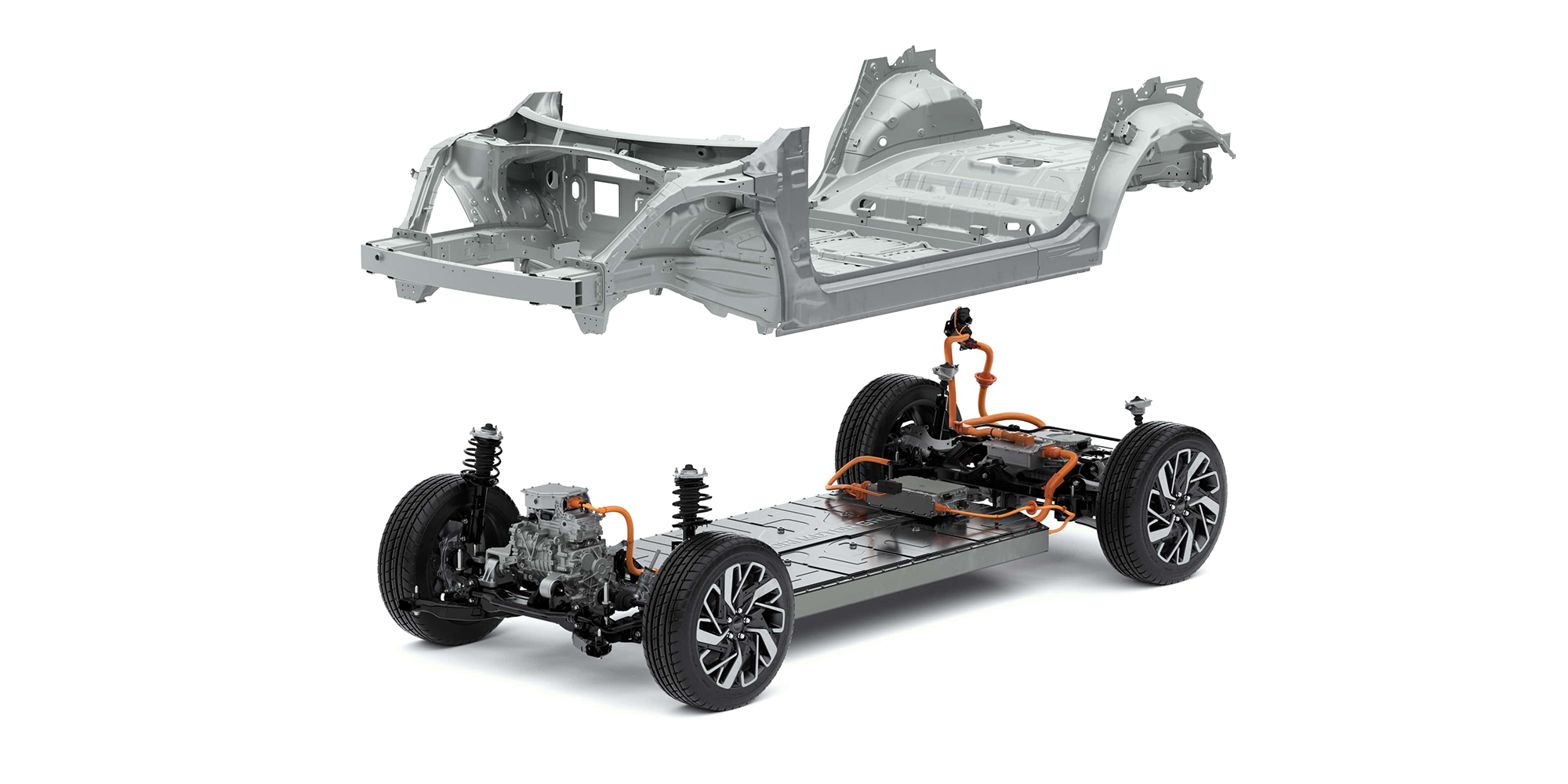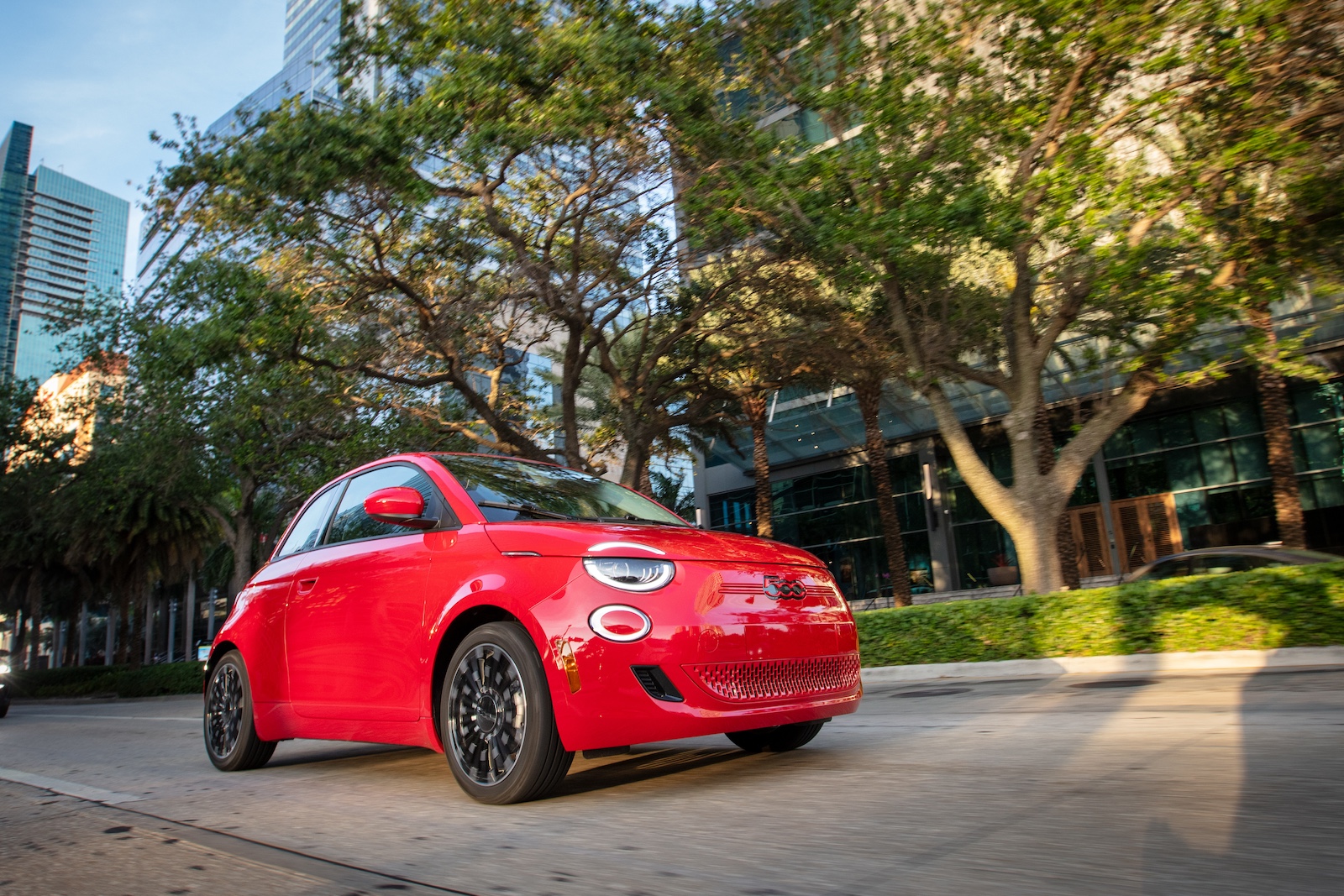Sign up for daily news updates from CleanTechnica on email. Or follow us on Google News!
An article at The Cool Down shares the frustrating story of some people who live near Tesla’s Gigafactory near Austin, Texas. The complaint: pollution. But this story isn’t about bad air, bad water, or anything like that. It’s also nothing like the complaints of German environmentalists who’ve been trying every method (legal or otherwise) to shut a gigafactory down. The kind of pollution the man is complaining about is far more sneaky, and only comes in the night.
The problem is so sneaky, in fact, that even Tesla probably doesn’t notice it. Why? Because what they’re doing is completely normal in many places. Common thinking dictates that you need lots and lots of light at night for safety, security, efficiency, and comfort. So, when a new state-of-the-art manufacturing facility gets put in, it gets some serious, high-powered lighting to turn night to day as needed.
This whole thing starts during construction, too. Lighting is needed for a safe jobsite, so the bright lights come out early. Then, when the facility is done, it’s just like millions of other manufacturing facilities around the world. When executives see the design for it, it’s normal. When they check on construction, it’s normal. When it’s done, again, totally normal.
But, there are some people who notice the difference when all the lights get put in: the people who lived there before it was built.
The light pollution from the Gigafactory is freaking nutty
byu/FlaxxtotheMaxx inAustin
In the comments, a number of people complain about the lights at night. The parking lot around the gigafactory has large, stadium-style lights that keep it well lit at night. But, for them, it’s not helpful at all. “I live in a neighborhood very close to it and had to get blackout curtains for my bedroom,” one of the Reddit users said. “On cloudy nights it basically lights up the night sky brighter than a full moon. Sucks, because when I moved out there in 2020, it was pitch black nights.”
This isn’t just the word of a few local residents talking crap on Reddit, either. One of them brought receipts in the form of light pollution maps from 2020 and 2021. If you compare the light from 2020 in this map to the light from 2021 in this map, you can see a very noticeable difference right next to the curve in Highway 130 where Giga Texas sits. So, yes, the plant’s neighbors are really noticing something happening.
Again, putting in large lights that saturate the whole parking lot is totally normal, so it wouldn’t be fair to cast Tesla as the villain in this story. Many companies of all sizes and many, many more homes have bright lights outside, many of which let at least some of the light point upward into the sky. For this reason, many cities globally emit large amounts of light at night, ruining the view of the night sky. In most populated places, you can’t see the Milky Way at night, and many people don’t know that it’s even possible to see it. In many other places, you can only see a few stars.
Why This Really Matters
But this isn’t just about aesthetics. Robbing people and animals of darkness at night doesn’t just ruin the beauty of the stars, but also has very real effects on health. For people, not having darkness at night means removing the human body from the environment in which it evolved for millions of years. Circadian rhythms are thrown out of whack, sleep cycles are disrupted, and people are left tired. Worse, hormones are disrupted and many other things happen in the body that we don’t fully understand. But what we do know is that the rates of terrifying maladies like heart disease and cancer go up for people who don’t have darkness when they sleep.
For animals, the discomfort and death often comes a lot faster. Migratory birds lose their way, insects fly practically into the mouths of bats, and prey animals have a much harder time hiding from predators. The effects of all this are hard to state in a short article, but because they hide in the night away from human view, we largely don’t see what’s happening unless we’re scientists studying these animals.
Nobody Needs To Sit In The Dark To Solve This
There is some great news: Tesla doesn’t need to have dark parking lots and sidewalks outside of the gigafactory to solve this issue!
It really comes down to being smart with light. Because we don’t have eyes like cats or echolocation like bats, we need to be able to see at night. So, the challenge with light pollution is to provide the light we need without putting much extra light in places where we don’t need it.
To get this right, it’s all about controlling light in space, time, and intensity.
For space, the trick is to use properly-designed lights that cast the light only where it’s needed. To do that, you aim light down instead of to the sides, and especially avoid pointing light up. This keeps the light from going into the sky and reflecting off the atmosphere, keeps the light from going into neighboring properties, and otherwise makes things nicer.
However, this doesn’t solve the problem alone. It’s also important to only have lights on when they’re needed. This is because the light that still reflects off the places where it’s needed still adds up. So, if everyone only has lights on during times when people are needing the light, the whole sky gets less stray light. This can be done with timers, motion sensors, and other basic technologies.
The other thing is to consider intensity. Lights don’t need to be bright enough to compete with the sun in most cases. We might not be cats, but we can still see at least some things at night. So, it makes sense to cast bright enough light for people to see as needed without projecting more light into the night for no reason. This is also important for safety, because overly bright lights mean we can’t see well into the shadows, and this has the counterintuitive effect of making it easier for criminals to attack us from the shadows.
The good news is that it probably wouldn’t cost that much to fix up the Giga Texas lights and make them produce a lot less pollution. Better housings, some timers and motion sensors, and some dimmable LED arrays could go a long way toward giving people and animals in that part of the state some darker nights! Even better, it would cost Tesla less in the long run to do this, as they’d use a lot less electricity.
Featured image from LightPollutionMap.info.
Have a tip for CleanTechnica? Want to advertise? Want to suggest a guest for our CleanTech Talk podcast? Contact us here.
Latest CleanTechnica.TV Videos
CleanTechnica uses affiliate links. See our policy here.




